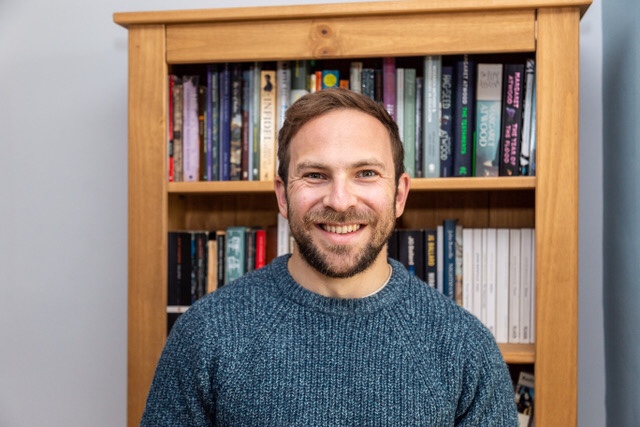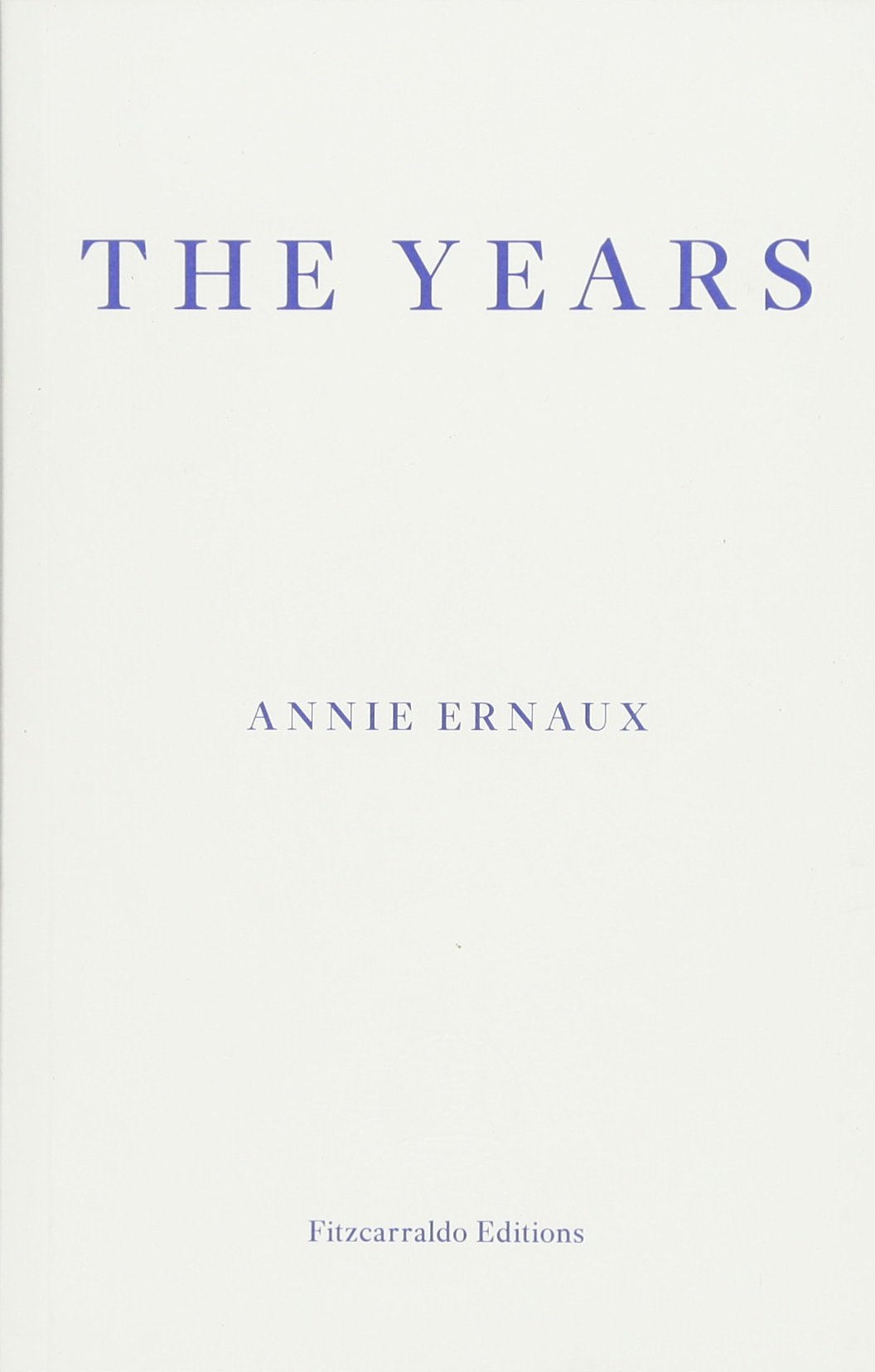Annie Ernaux is the latest name to grace the list of Nobel Prize winners in Literature. She was awarded in 2022
for the courage and clinical acuity with which she uncovers the roots, estrangements and collective restraints of personal memory.
Nobel Prize awarding committee
The sense of ‘clinical acuity’ combined with the richness of ‘personal memory’ are both amply in evidence in The Years [Les Années] published in 2008. It is a spare, largely uninterested account of a woman’s life (the author’s?) from the 1940s to the early 2000s. Although it is professedly a memoir, there is only one serious use of the word ‘I’ to connect the narrator to the protagonist—and that use is in inverted commas:
There is no ‘I’ in what she views as a sort of impersonal autobiography. There is only ‘one’ and ‘we’, as if now it were her turn to tell the story of the time-before.
Annie Ernaux, The Years, trans. Alison L. Strayer (London: Fitzcarraldo, 2022 [2008]), p. 223
It is not your typical memoir—but it nonetheless remains emotionally affective.
The narrator/memoirist also spends time explaining her will to write. It is to an extent, therefore, a Kunstlerroman: a novel depicting the development of an artist. Unlike Ernaux’s ‘real’ life, the protagonist in The Years only thinks about writing one book—implicitly the book we are reading:
So her book’s form can only emerge from her complete immersion in the images from her memory in order to identify, with relative certainty, the specific signs of the times, the years to which the images belong, gradually linking them with others[.]
Ernaux, p. 222
These are not the only meta-literary comments in the narrative—there is a host of them in the final pages—but these draw our attention to the visual priority given over in the text. The ‘images from her memory’ on one hand and, on the other—to complement the ‘slippery narrative’ that is also an ‘outpouring’—there are, ‘suspended at regular intervals […] photos and scenes from films that capture the successive body shapes and social positions of her being’ (p. 223).
One of these photos is detailed near the beginning of the book:
It is a sepia photo […] A fat baby with a full, pouty lower lip[. …I]t is impossible not to read a ritual petit bourgeois staging for the entrance into the world.
Ernaux, p. 21
Entry into the world for the protagonist, and entry into the main body of the book for the reader. In each pf these photos, there is what Roland Barthes’ would have termed a ‘punctum‘, ‘that [photographic] accident which pricks me (but also bruises me, is poignant to me)’.[1] This punctum could be said to provide the impetus for the ‘outpouring’ that is The Years, with the text’s concentration around the visual never far from the surface.
However, it might also be useful to consider Susan Sontag’s studied cynicism about photography. In On Photography (1977) Sontag details the way that capitalist societies—and, in particular, contemporary North America—use the practice of photography as part of an anti-interventionist—and therefore, regressive—strategy. This bleeds into the practice of looking at photographs, which also becomes a neutered experience: ‘seeing tends to accommodate to photographs’. [2] Sontag might be unconvinced by Ernaux’s strategy.
One other idea merits thinking through. Sontag writes that photography’s
main effect is to convert the world into a department store or museum-without-walls in which every subject is depreciated into an article of consumption, promoted into an item for aesthetic appreciation.
Sontag, p. 110
If we accept Sontag’s argument, then we should revisit Ernaux’s centring on photographs, but this time in light of Ernaux’s own fascination with late capitalism.[3] This fascination is visible throughout The Years. For instance:
The world of commerce was everywhere and imposed its breakneck pace. Goods marked with barcodes slipped more quickly than ever from conveyor belt to shopping cart. […] And we, high and mighty despisers of consumer society, yielded to the yearning for a pair of boots which […] created a brief illusion of renewal.
Ernaux, p. 184
Can we think about Ernaux’s critique of and yet seduction by the commodity in the same way we might think about her use of photographs? What happens when we collapse the distinctions between these objects, between memoir and consumption? We might just find another way of thinking about the ‘outpouring’ into The Years—one that either reinscribes the social value of the commodity, or diminishes the personal value of the photograph.
[1] Roland Barthes, Camera Lucida: Reflections on Photography, trans. Richard Howard (London: Vintage, 2000 [1980]), p. 27.
[2] Susan Sontag, On Photography (London: Penguin 1979 [1977]), p. 99.
[3] Capitalism at a stage characterised (in part) by a commodity fetishism, rather than a pragmatic system of exchange.


Leave a Reply